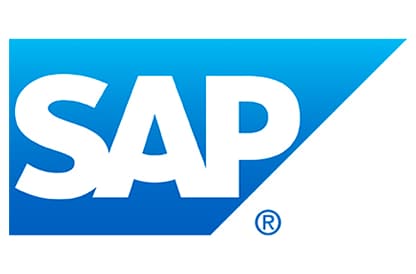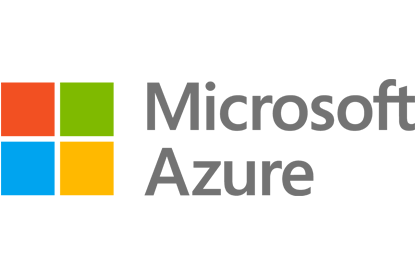Among other records, requested information may include:
- Investigative records on compliance with licensees, doctors, pharmacies and hospitals
- Federal surveys conducted for ambulances, hospices and hospitals
- Death certificates and birth records
- Attorney-client privileged work
- IT information related to infrastructure security
To complicate the issue, agencies, such as the DOH, must provide records while complying with state and federal privacy regulations, including the HIPAA (Health Insurance Portability and Accountability Act) Privacy Rule and state Privacy Act laws which require that they redact certain types of information. Agencies can come under fire, and costly lawsuits, for failing to either disclose records or inadvertently releasing exempt information.
The DOH receives about 1,500 records requests per month and each request could require redacting anywhere from five to 1,500 pages. When a request came in, employees would generally print out the document, use a black marker to block out confidential material, then copy the marked up record before releasing it to ensure the text was fully obscured. If they needed to send an electronic file, they would then scan it back in and attach it to an email. Not only was manual redaction time-consuming, it created a large amount of additional paper, which added to the cost of handling and storing documents in accordance with records retention policy.
In addition to these external requests, the DOH must share data with other agencies. Employees remotely log in and the department has data sharing agreements with other state agencies, the state patrol and local health jurisdictions. Accessed documents could contain confidential data, so the DOH needs to ensure these records are redacted, even if they are not part of a public disclosure request.
The DOH decided to implement electronic redaction to increase efficiency and responsiveness while still safeguarding sensitive information. After exploring different software products, the agency selected OpenText™ Brava!™ .
“What I noticed was that with a lot of other products, redaction wasn’t the main feature or functionality of the software,” said a configuration management architect with the DOH. “Redaction is just too important. Brava! stood out as the only product that was designed specifically for redaction and that made a huge difference.”






 State Health Agency
State Health Agency


